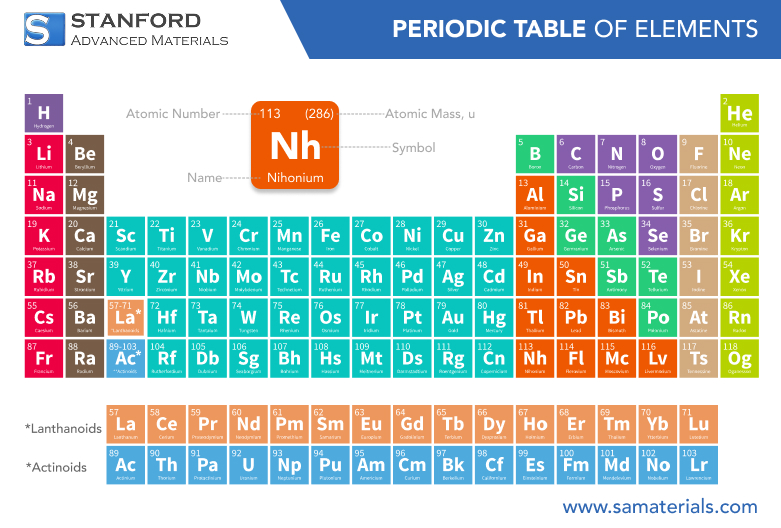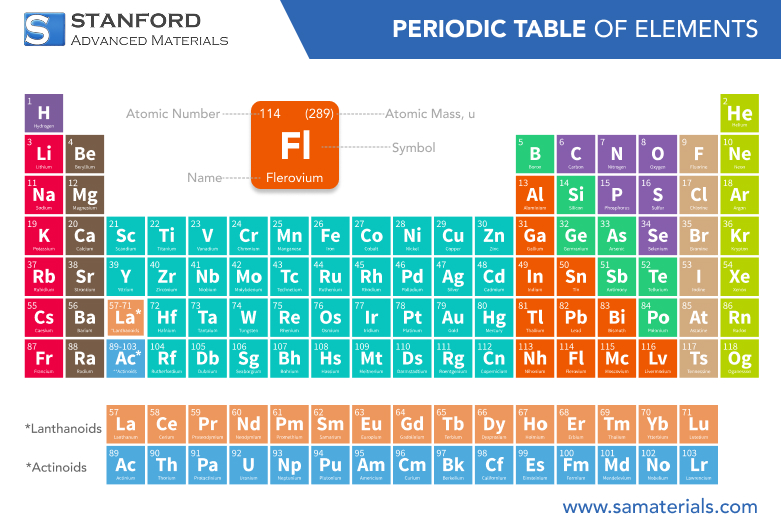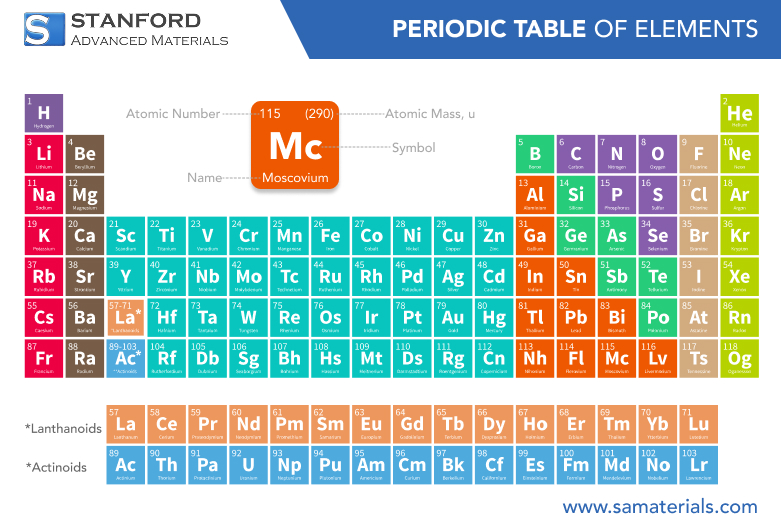Manganese: Element Properties and Uses
Description
Manganese is a versatile chemical element widely used in industries such as steel production, battery manufacturing, and chemical processing. Known for its strength, corrosion resistance, and catalytic properties, manganese plays a crucial role in various applications.
Introduction to the Element
Manganese is a transition metal found on the periodic table with the symbol Mn and atomic number 25. It is typically found in nature in combination with other elements, most often in ores such as pyrolusite. It is essential in steel production, serving as an alloying agent to improve hardness, durability, and resistance to corrosion. Manganese also plays a vital role in biological processes as a trace element in living organisms.
Chemical Properties Description
Manganese is a highly reactive element, especially when exposed to air and moisture. Its most notable chemical property is its ability to form multiple oxidation states, ranging from +2 to +7, with +2 and +4 being the most common. Manganese reacts with oxygen to form manganese oxides, and it readily dissolves in acids, especially hydrochloric acid, to form manganese salts.
Physical Properties
Manganese is a hard, brittle metal that is silvery-gray in appearance. It has a high melting point of around 1,244°C (2,271°F), which makes it useful in applications that require heat resistance. Manganese is not magnetic in its pure form but can exhibit magnetic properties when alloyed with other metals. It is relatively dense, with a density of 7.43 g/cm³.
Property | Value |
Atomic Number | 25 |
Atomic Mass | 54.938 g/mol |
Density | 7.43 g/cm³ |
Melting Point | 1,244°C (2,271°F) |
Boiling Point | 2,095°C (3,803°F) |
Electronegativity | 1.55 (Pauling scale) |
Hardness | 6 on Mohs scale |
Crystal Structure | Cubic |
For more information, please check Stanford Advanced Materials (SAM).
Common Uses
Manganese is most widely used in the production of steel and other alloys. It is a key element in producing high-strength, corrosion-resistant steel. In addition to its role in metallurgy, manganese is used in the manufacture of dry cell batteries (like alkaline batteries), in fertilizers, and as a pigment in ceramics and glass. Potassium permanganate, a compound of manganese, is used as a disinfectant and in water treatment.
Preparation Methods
Manganese is mainly extracted from its ores through two primary methods:
- Hydrometallurgical Process: This method involves dissolving the ore in acid and then using a series of steps to isolate the manganese.
- Pyrometallurgical Process: Manganese ores are smelted at high temperatures with carbon to reduce the manganese oxide and obtain pure manganese.
Related Industrial Products
- Steel Alloys: Manganese is used in making alloys such as stainless steel and high-strength steel for the construction and automotive industries.
- Batteries: Manganese dioxide is a key component in battery production, especially in dry cell and lithium-ion batteries.
- Fertilizers: Manganese is also used in trace amounts in fertilizers, where it helps promote plant growth.
Frequently Asked Questions
What is the primary use of manganese?
Manganese is primarily used in steel production as an alloying agent to enhance the strength, hardness, and resistance to corrosion of steel.
Is manganese toxic to humans?
In large amounts, manganese can be toxic, particularly when inhaled as dust or fumes. However, it is an essential trace element in small amounts and plays a role in human metabolism.
How is manganese extracted from its ores?
Manganese is extracted using two main methods: hydrometallurgical and pyrometallurgical processes, where the ores are treated with acids or smelted at high temperatures.
What are the most common manganese compounds?
The most common manganese compounds include manganese sulfate (MnSO₄), manganese dioxide (MnO₂), and potassium permanganate (KMnO₄).
What are the industrial applications of manganese?
Manganese is used in steel production, battery manufacturing, water treatment, and as a component in various alloys and pigments.







